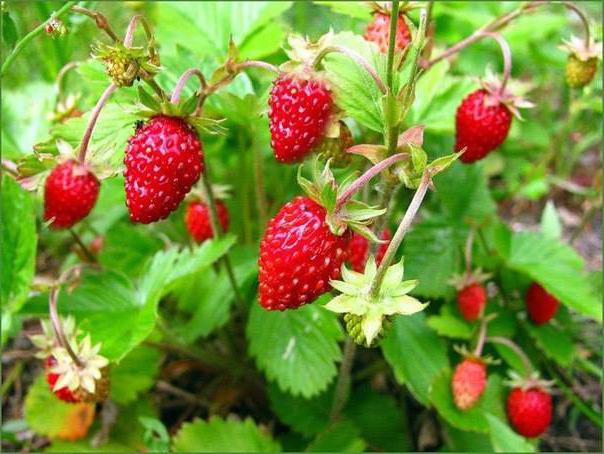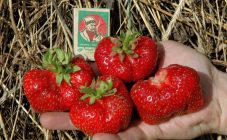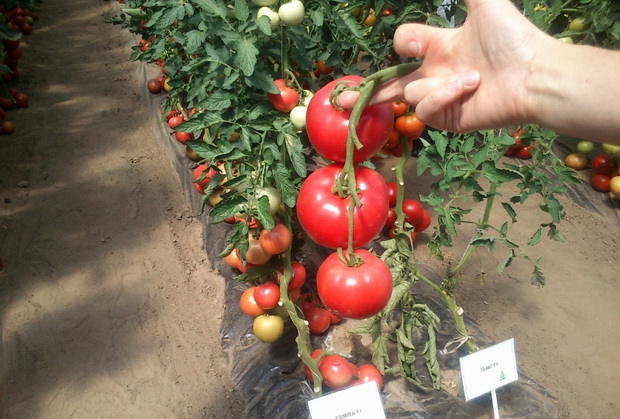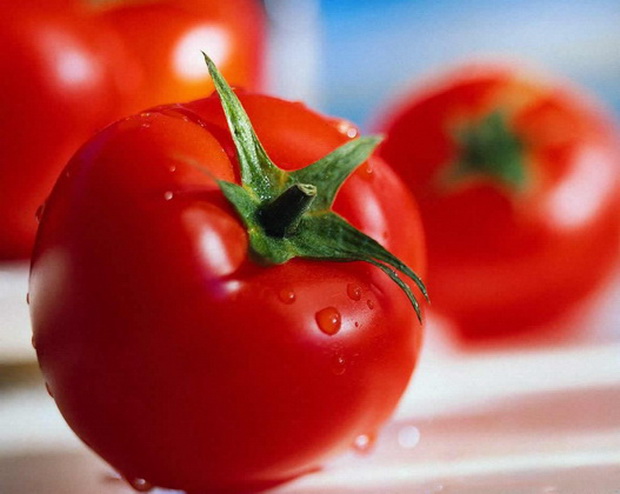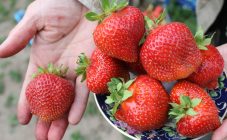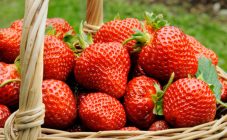Content:
Wild alpine strawberry has a pleasant taste and aroma. To obtain a garden type of this plant, which does not reproduce with a mustache, but with seeds, scientists crossed the natural species with other varieties of berries.
How the hybrid was created
The remontant culture was obtained by Czech gardeners through numerous experiments on the hybridization of alpine strawberries with similar, but already domesticated plants. They managed to preserve the main qualities of wild berries - unpretentious care and resistance to diseases. This work was carried out in the late 80s of the 20th century. The berry came to Russia in the mid-90s.
Description
Ruyan's strawberry has the following parameters:
- The height of the berry bush ranges from 0.15 to 0.2 m. It grows quite compact, but has twisted foliage.
- The crown of the berry resembles a ball in shape. Flowers bloom on high stems above its upper level. This allows the fruit to peel after irrigation.
Description of fruits:
- they have a conical shape, although curved specimens sometimes come across;
- the berries are large enough - their diameter reaches 15 mm;
- fruit weight ranges from 5 to 7 g;
- ripe strawberries are painted in bright tones of reddish color, and its insides have pinkish tints;
- the pulp is saturated with juice.
The fruits have a high density, which allows them to be transported over long distances.
The main characteristic of any horticultural crop is yield. For Ruyana, it is 2-2.5 kg from each 1 sq. m beds. This strawberry hybrid bears fruit for 3-4 years, and then you need to buy new seedlings. Use the berry fresh or canned for the winter.
In the southern regions of Russia, strawberries are grown by direct sowing of seeds into the ground. Gardeners of the middle zone of the country and Siberia prefer to use seedlings, which are obtained in greenhouses.
How to grow a berry
In most of Russia, hybrid seeds are sown from March to mid-April. If the farmer lives in the south, he can plant a seed in the ground in the last days of February. In this case, it is imperative to use artificial lighting to compensate for the short daylight hours.
It is recommended to grow seedlings from seeds in the following ways:
- using peat tablets;
- direct sowing into place.
The farmer decides which method to use.
For the strawberry cultivar remontantnaya Ruyana, cultivation from seeds in the first way is combined with stratification. To do this, you need to perform the following work:
- the gardener at home lays out peat washers in a plastic container, dissolves phytosporin (a pinch) in warm water;
- the resulting mixture is poured over peat tablets so that they swell. Snow is poured on top of the washers, and strawberry seeds are set on it;
- the container with the plantings is covered with a film, then put into the refrigerator for 48 hours, then transferred to a warm room, wait for the sprouts to appear, remove the film;
- seedlings dive when 3-4 leaves appear on them;
- before planting in the ground, the hybrid is hardened.
To grow a good harvest, you need to pick up seedlings with intact leaves from germinated seedlings. The minimum number of sprouts for further planting is 3 pieces. Moreover, the thickness of the horn should be more than 70 mm, and the length of the roots should exceed this figure.
With direct sowing of seeds on the beds, they are planted at a distance of 25 mm from each other, and when sprouts appear, the bushes are thinned out. Only viable specimens are left.
Ruyana garden strawberry loves light soils. It is recommended for the plant to select the sunniest places on the site, but the bushes tolerate little shading well. They dig up the soil in the garden bed, fertilize it with compost (1 bucket per 1 sq. M. Area). To increase the looseness of the soil, river sand is added to it. If the soil is acidic, wood ash or chalk is brought into it during work.
The planting format of Ruyan's remontant strawberries is the same as that of strawberries: the distance between the bushes is maintained at 0.2-0.25 m, and between the rows - 0.35 m. Due to the lack of a mustache variety, the hybrid is planted in 1 row near the beds with different vegetables.
Planting begins in the spring, after the snow melts. Old leaves are taken out from the row spacings, the soil is loosened. Water the plantings with warm water, to which copper sulfate is added (1 g per 10 liters of liquid). After the appearance of the ovary, the planting is treated with boric acid (4-5 g per 8-10 l of water). In the spring, strawberries are fed with nitrogen fertilizers. Gardeners use a solution of mullein with water in a ratio of 1:10 or ammonium nitrate (40 g of substance per 10 liters of liquid).
During the development of buds and the appearance of flowers, the bushes are fed with phosphorus mixtures (1 tbsp. L. Nitrophoska per bucket of water), the third time they give a mixture of 1 tbsp. l. potassium sulfate, 2 tbsp. l. nitroammophoska and 10 liters of water.
Mulch the culture with straw or sawdust.
Strawberries are protected from pests by collecting fallen leaves, spraying seedlings with mustard tincture or wormwood decoction. Although the plant tolerates fungal infection well, it can develop gray mold. To eliminate the danger, you need to destroy the affected fruits. Another danger is verticellosis. It practically does not heal, the bushes will have to be destroyed.
Advantages and disadvantages of the variety
Ruyan's remnant strawberry has the following advantages:
- the bushes bear fruit before the onset of frost;
- due to the height of the peduncles, the berry is not contaminated with soil;
- the culture lacks a mustache;
- the variety is resistant to fungal infections;
- fruits can be stored for a long time and transported at any distance;
- adult plants tolerate winter well even without the use of shelters;
- the hybrid is not afraid of drought.
Disadvantages of culture:
- the berry grows only on light soils;
- with insufficient watering, the size of the fruits decreases;
- purchase of new varietal material every 4 years.
Even a novice farmer can grow this strawberry. To do this, you need to follow all the recommendations of specialists for the selection of a place on the site and care.
